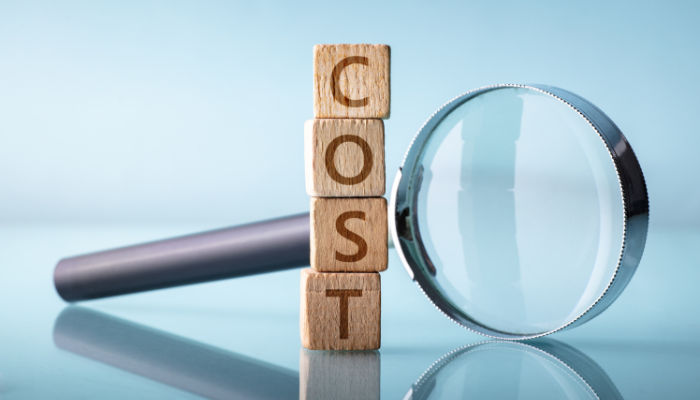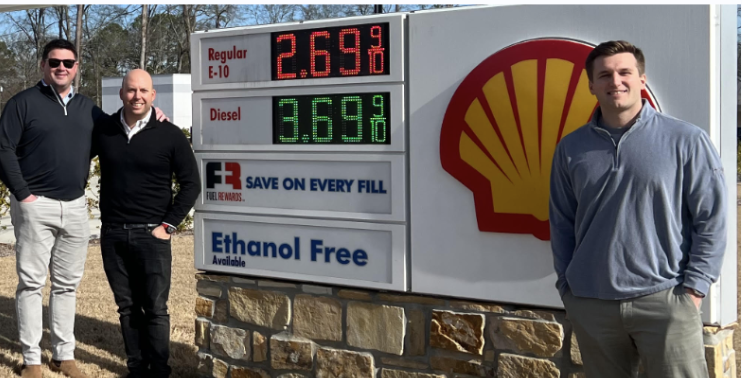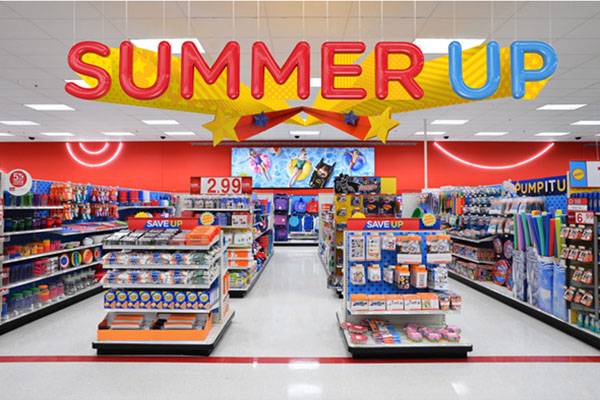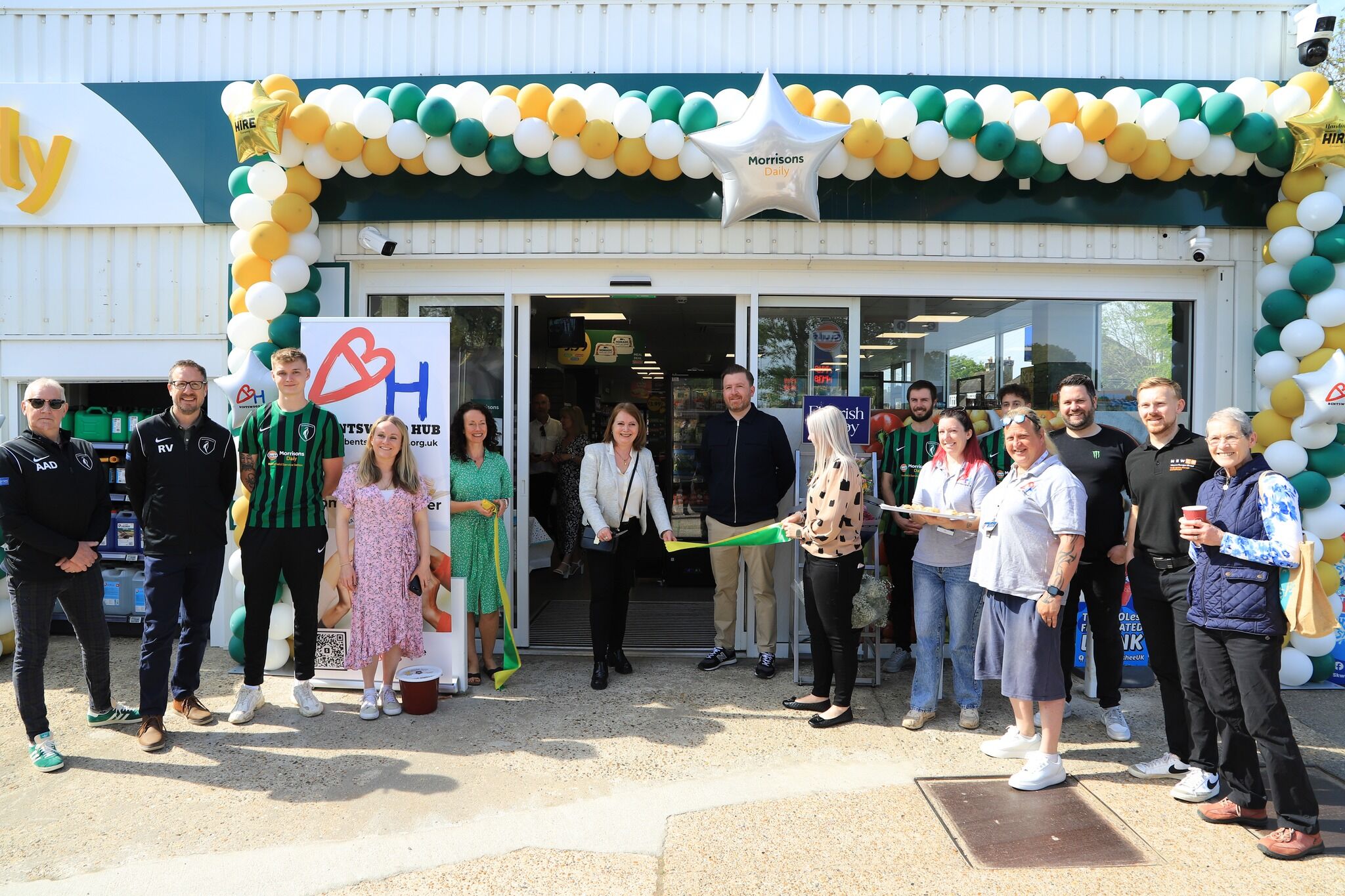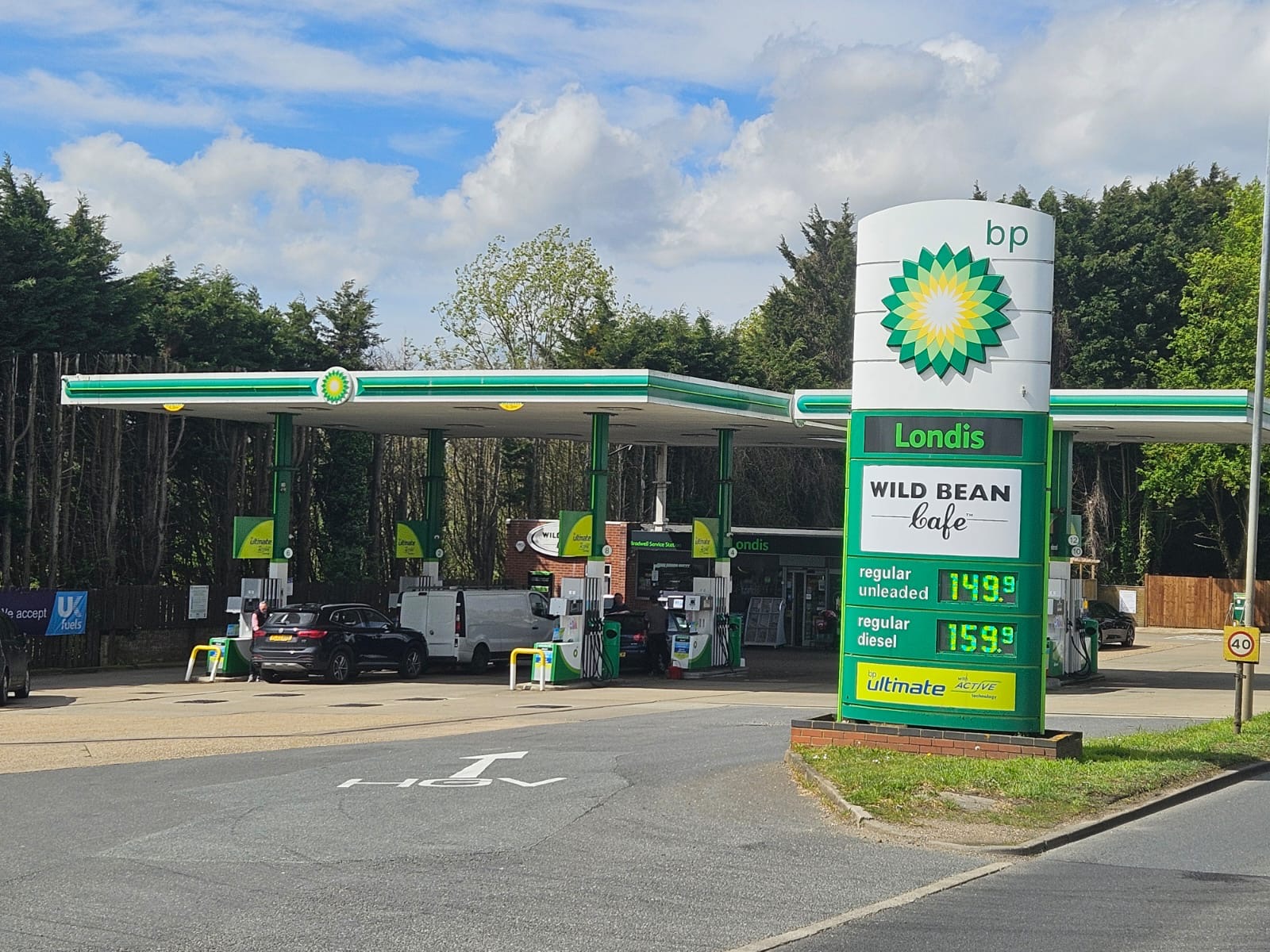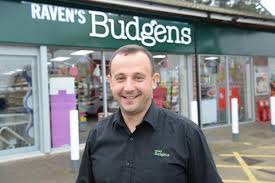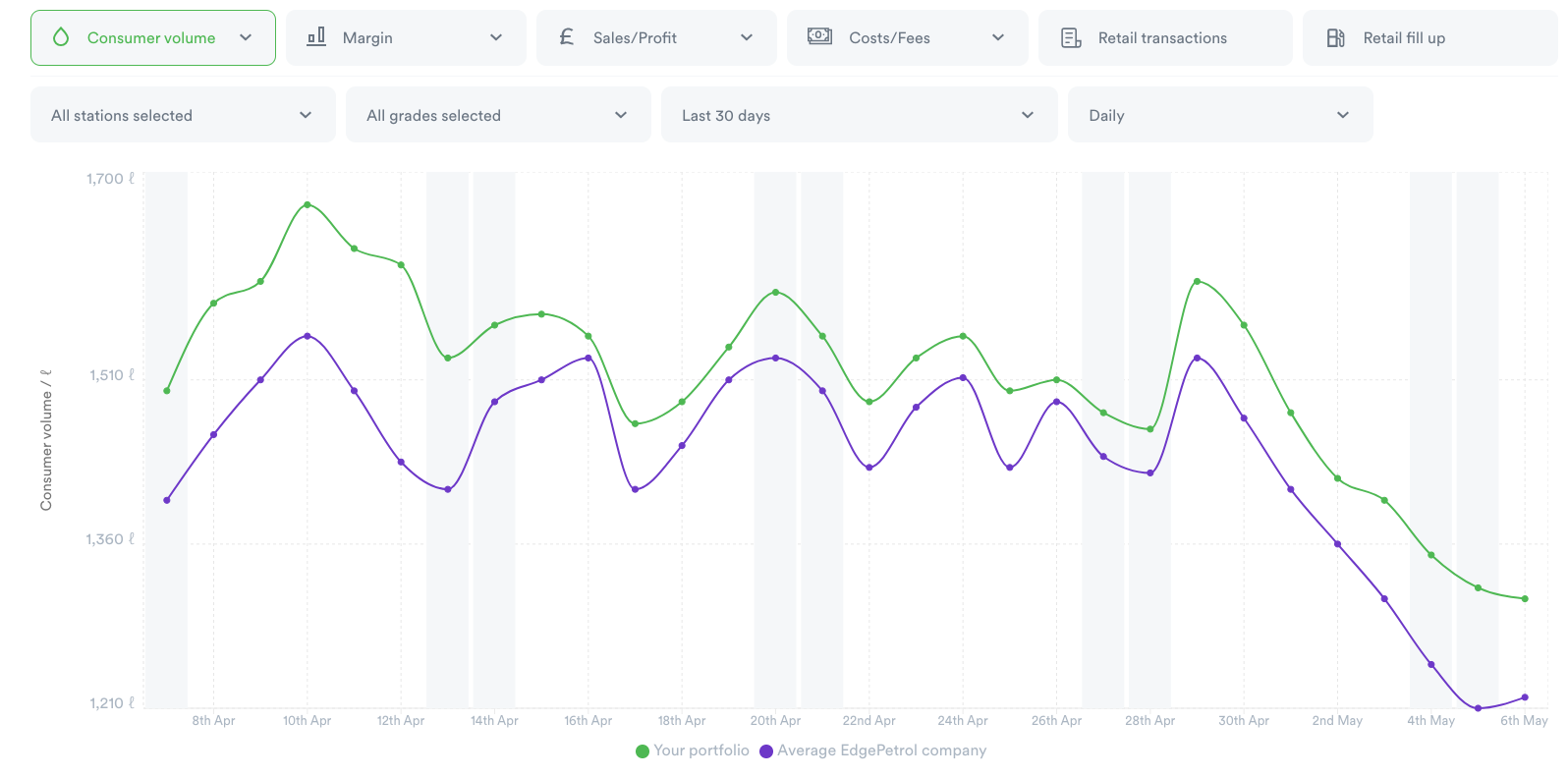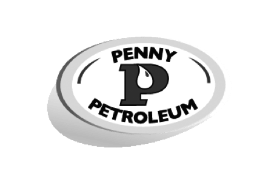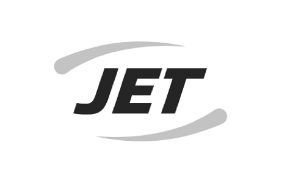If I told you that your cost price was potentially a whopping 77cpg different from what you thought it was, how would that impact your pricing decisions?
Just how important are cost prices to you?
Typically we find that retailers look at three metrics to set their street prices:
Volume, Cost price/margin, Competitors
The order in which each retailer values these metrics vary. For example, if your stations are in highly competitive areas this order tends to be:
Competitors, Volume, Cost price/margin
In area with low competition and high affluence, the order might change to:
Cost price/margin, Volume, Competitors
However, all three should be equally important when making the most important daily decision in your fuel business. This is because they not only influence your profit but can also influence each other.
So, what really is a ‘cost price’?
Seems like a silly question, but there are many ways to work this out:
Replacement cost
Essentially costing all the fuel in your tank against today’s price on the basis that you are going to have to replace that fuel anyway. And this has some benefits; not only is it the easiest number to capture but it allows you to keep a close eye on where the market is heading.
The problem is that by not taking into account the cost of deliveries that came yesterday or before, you could be getting a totally different margin than the one you expect.
Here is the trend of the replacement cost averages for our customers over the last 100 days. Notice the heavy drop:
.jpg)
Based on this, you believe you are selling very cheap fuel and it’s why many retailer’s prices have shot down over the last week or two. In reality, you are still selling at the cost of your last delivery, which brings us to…
Last delivery cost
In this method you are always using the cost of your last delivery to price fuel. Whilst this is a bit more work (often keeping track on a spreadsheet) and is usually only possible for smaller estates, it probably makes more sense that the replacement cost option.
Whilst less of an issue than replacement cost, you will rarely have only one delivery worth of fuel sitting in your tanks (especially when the market is cheap). This means you are still not taking into account the oldest fuel sitting there, that you are selling at a potentially higher or lower cost. You can get around this by using FIFO.
FIFO
FIFO (first-in-first-out) is a great method as it will typically match your accounting practices. It is tracking what fuel comes in and what is leaving, applying the volume leaving to the oldest delivery. This means you can see, for example, “I have 1000 gallons at 89cpg and 1500 gallons at 92cpg. I can hold my price for 1000 litres and then need to change,”
It is probably only possible to track FIFO at the end of each day with spreadsheets, although pricing software such as that offered by PDI are able to provide real-time FIFO view.
This method also leads to big jumps in cost prices and margin as it is what we refer to as ‘stepped’. This means that whilst you are able to make sure your margin is as desired your pole price may be taking sharp, large moves which can be irritating or confusing to consumers.
Blended cost
This may come across like we are plugging EdgePetrol, but hey, we are. As the market has got volatile check out the growth in our usage, up over 50% since the start of the year:
.jpg)
This is not a coincidence. One of thee reasons for this is in a more volatile market it is very hard to know whether or not you are making margin on the fuel you are selling. Regarding replacement or last delivery costs, we have seen up to 77cpg between this and the blend of fuel in your tanks. Usually this ranges between 0-18cpg which is still pretty huge!
So what does ‘blended’ mean?
By applying the cost price to each delivery that lands, the cost prices weight and blend based on the fuel currently in the tanks. When fuel is removed by customers this is removed from the oldest delivery and reweighted for each transaction.
Remember the graph from earlier showing average replacement cost? Let’s lay over the average blended cost and see what we get:
.jpg)
What you’ll notice is that whilst in the months leading up to the drop in prices replacement cost and blended cost are never perfectly aligned, blended cost varies between being cheaper or more expensive depending on whether the market is in backwardation or contango. In other words, the blended cost is the most accurate method of tracking the real movement of cost prices.
Once we hit the drop in prices, there is a smoother more realistic view of the cost of fuel in your tanks using the blended method. This is more obvious if we only take the last 20 days:
.jpg)
Using this methodology has allowed EdgePetrol users to maintain a steady margin and stay profitable in these uncertain times.
“So what if I know my cost price, I always follow my competition?”
This is common logic of retailers and it’s true, sometimes you have no choice but to follow the competition. Most retailers with large portfolios will have at least a handful of stations that are heavily sensitive to pricing. The key is to take the margin at the stations you can when you can.
This is why we believe accurate cost prices are so important. In order to know when you can afford to follow and when it may be time to lead up, you have to have a real handle on that margin number. We can help you with you with that.
EdgePetrol’s retail fuel pricing software shows you your weighted and blended cost price, in real-time. If you’d like to learn more about EdgePetrol, our solution, and the wide range of pricing challenges that we’ve helped many retailers just like you to solve, follow this link and book a chat with us!

